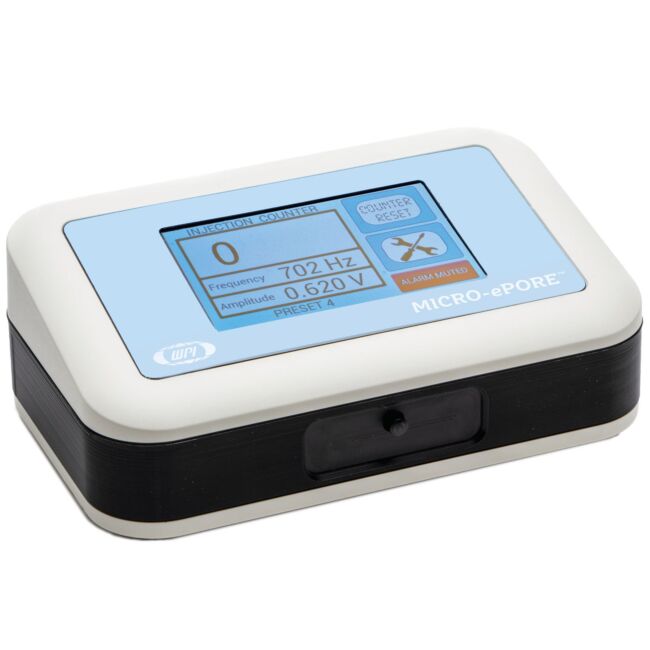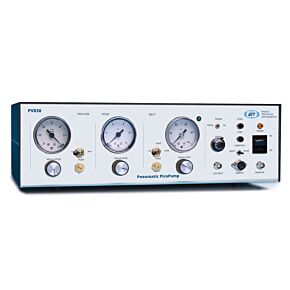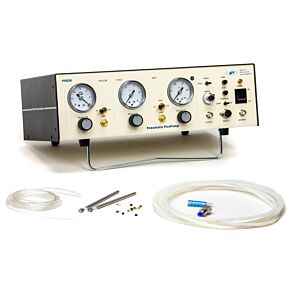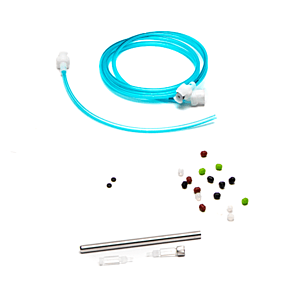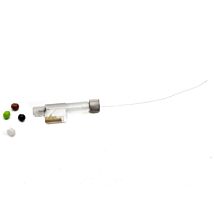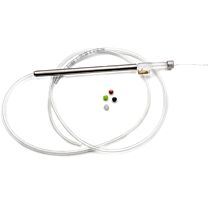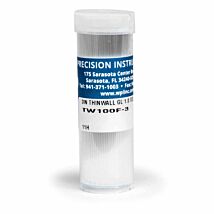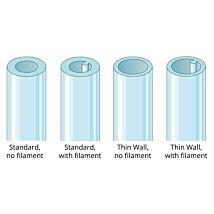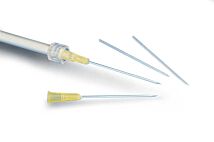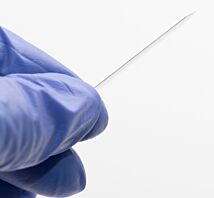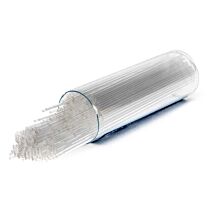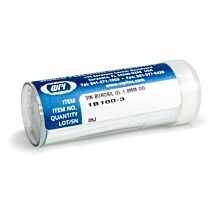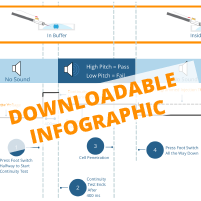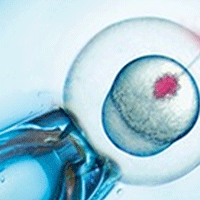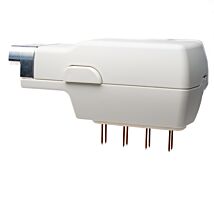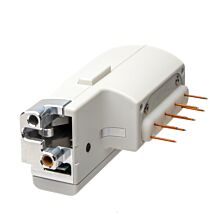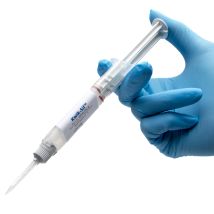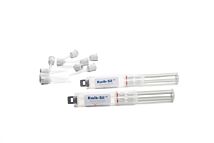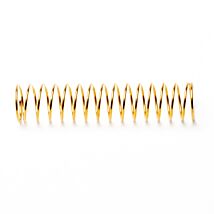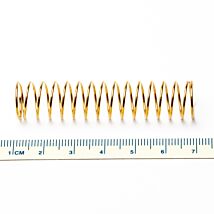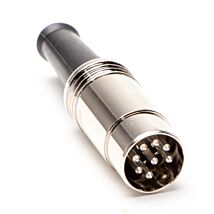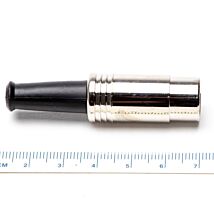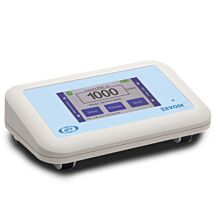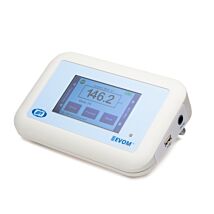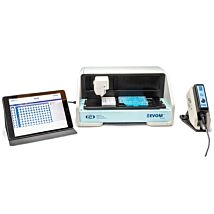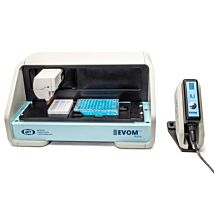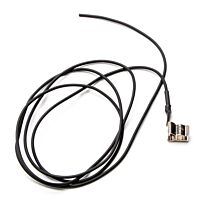This website uses cookies to ensure you get the best experience on our website.
Read more
PIN-POINT CELL PENETRATOR
$4,600.00
Prices valid in USA, Canada, and PR only.
Order code
MICRO-EPORE

Prices valid in USA, Canada, and PR only.
Pinpoint Cell Penetrator for targeted cell microinjection and increased embryo viability
The new WPI MICRO-ePORE™ pinpoint cell penetrator is a simple and versatile system that can be used for efficient cell microinjection of a diverse array of compounds and biomolecules into oocytes and pre-implantation stage mammalian embryos. Patent pending Flutter Electrode Technology assists in small, clean, precise membrane penetration without tearing or damaging the membrane when you are working on the microinjection of transgenic animals or cell manipulation.
Platinum wire electrode holders (sold separately) are available!
NOTE: Microinjection pump and other accessories shown in the system image are sold separately.
To learn more about our warranty options, click here.
Prices valid in USA, Canada, and PR only.
Features
- Touch-screen display–resistive touch panel for use with gloves
- Injection control through foot switch or manually through touch screen
- Intuitive user-interface
- User adjustable frequency and voltage through touch screen
- Small footprint
- Four user-programmable protocols
- Adjustable audio continuity tone indicating active probe injection counter to indicate total number of injections
- Uses smaller amount of voltage than electroporation to penetrate a specific area in the cell membrane
- Electrode Holders with Platinum Wires are available
Benefits
- Increase embryo viability for the injected embryos
- Flexible system
- Integrates with WPI’s PV820/PV830, as well as other popular microinjection systems, like the Eppendorf Femtojet® and the Narishige injectors (Femtojet® 4I is a registered Trademark of Eppendorf.)
- Microinjection of diverse compounds and biomolecules – DNA, RNA, proteins
- Pre- and post-implantation in embryos of various species – mice, rodents, monkeys, bovine, pigs, zebrafish, etc.
- Easy to operate cell injector – Hands-free operation with foot switch control
- User adjustable frequency and voltage – four programmable protocols
- Small, portable unit saves precious benchtop space
- Works with all major inverted microscopes
- Premium Warranty Available
Target Applications
- Cell microinjection into oocytes and pre-implantation stage mammalian embryos, including microinjection of CRISPR-Cas9 reagents into the cytoplasm of two-cell stage embryos
- Pronuclear rodent zygote microinjection
- Gene silencing in zebrafish
Simple, Elegant Solution
The new WPI MICRO-ePORE™ pinpoint cell penetrator is a simple and versatile system that can be used for efficient cell microinjection of a diverse array of compounds and biomolecules into oocytes and pre-implantation stage mammalian embryos. Patent pending Flutter Electrode Technology assists in small, clean, precise membrane penetration without tearing or damaging the membrane when you are working on the microinjection of transgenic animals or cell manipulation.

Pinpoint Cell Penetrator vs. Electroporation
Electroporation uses a pulse of electricity in a medium to open pores in the cell membranes of cells in the electroporation cuvette in order to penetrate the cell membrane and introduce genetic material.
WPI's MICRO-ePORE™ Pinpoint Cell Penetrator offers several advantages over traditional electroporation for the purpose of cell microinjection.
- Our pinpoint cell microinjector uses a much lower voltage to open a port into the cell membrane.
- Electroporation is a shotgun approach that opens many pores in the cell membrane. In contrast, our pinpoint cell microinjector targets a specific area of the cell membrane at the very point of cellular microinjection.
- Embryo survivability is significantly higher when using pinpoint cell penetration versus electroporation.
Experimental Data
Electrophysiological systems utilizing negative capacitance have been routinely used for cell microinjection of a variety of biomolecules into mammalian oocytes, as well as pre-implantation and post-implantation embryos in developmental biology studies. The system which is no longer available, the intracellular amplifier WPI Cyto721, allows the needle to pierce the cell membrane with minimal physical trauma. More recently this technique has been applied to genetic transfer in the microinjection of CRISPR/Cas9 reagents into two-cell stage mouse embryos. The authors demonstrated significant increase in the knock-in efficiency and high viability of embryos using their method.
The new MICRO-ePORE™ pinpoint cell penetrator offers a unique solution for cell microinjection resulting in high embryo viability. The instrument creates an oscillating electric field at a localized site on the membrane immediately beneath the site of injection. The MICRO-ePORE™ creates small, reversible holes in the plasma membrane through which material is microinjected. The researcher determines the amplitude and frequency of the signal that best suits the application. In contrast to conventional cell microinjection, in targeted microinjection using the MICRO-ePORE™, the membrane does not tear and thus allows for superior embryo viability. The technique is simple and elegant. The new MICRO-ePORE™ cell penetrator prototype has been successfully tested in mouse and primate pre-implantation embryos, as well as gene silencing in zebrafish tails.
MICRO-ePORE™ was designed for a range of applications including generation of CRISPR/Cas9 mediated knock-in mice with large insertions by microinjection into two-cell stage embryos with high viability.7 The MICRO-ePORE™ has delivered accurate microinjection of morpholino oligomers (anti-sense “knockdown”) in zebrafish tails.
Well-Style Reference Electrode Option
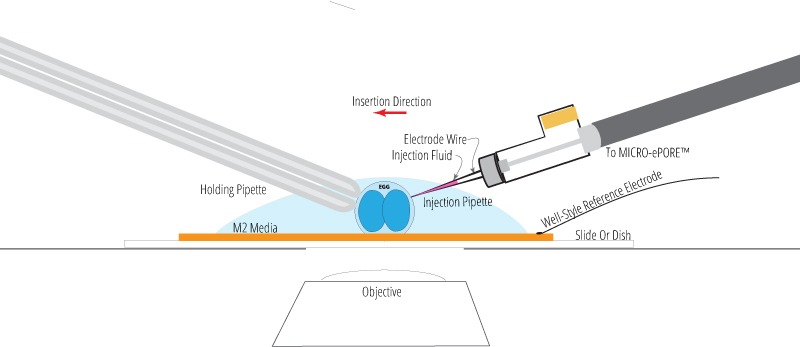
Probe-Style Reference Electrode Option
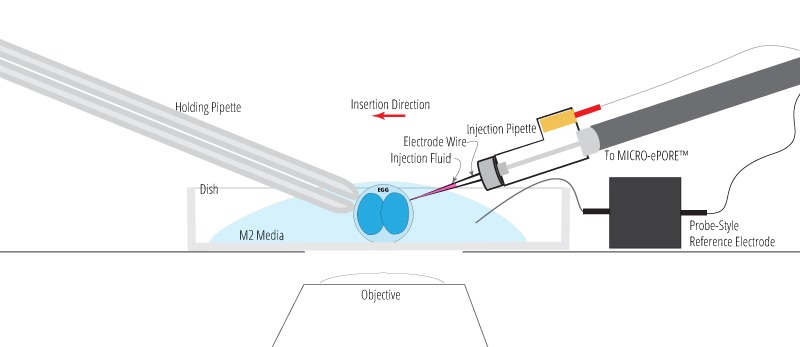
This is showing the probe-style reference electrode with an Eppendorf injector, by Fangtao Chi of UCLA/MCDB and Utpal Banerjee.
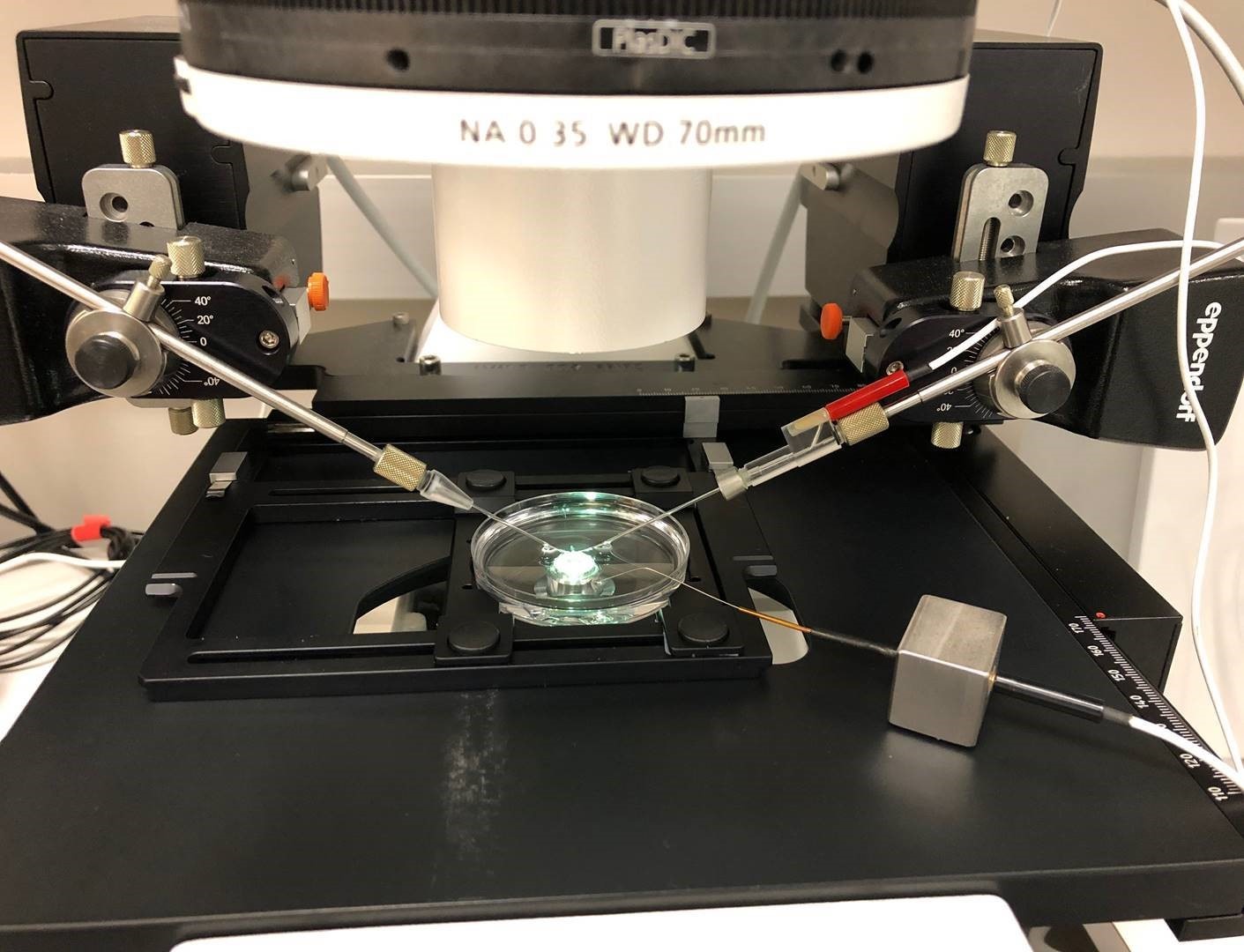
Setting up Your MICRO-ePORE™
The new WPI MICRO-ePORE™ Pinpoint Cell Penetrator is a simple and versatile system that can be used for efficient microinjection of a diverse array of compounds and biomolecules into oocytes and pre-implantation stage mammalian embryos. Patent pending Flutter Electrode Technology assists in small, clean, precise membrane penetration without tearing or damaging the membrane. Here Gabe sets up the system and connects all the components.
| SKU | MICRO-EPORE |
|---|
Upsell Products
- As low as $335.00
- As low as $70.00
-
Pre-Pulled Glass Pipettes, Luer/Pack of 10
As low as $226.00 -
Pre-Pulled Glass Pipettes/Pack of 10
As low as $226.00 - As low as $77.00
| MICRO-ePORE™ Version 2 Rev. 2 (For units with serial numbers starting at 182508) |
MICRO-ePORE™ Version 1 Rev. 1 (For units with serial numbers up to 182508) |
| Instruction Manual v2 Quick Start Guide v2 |
Instruction Manual v1 Quick Start Guide v1 |
Is a reduction in embryo lysis possible using the MICRO-ePORE W.Gardiner, J.Kenyon, T.Bell, S.Atkins
Video
Unpacking Your MICRO-ePORE™ System
Connecting Your MICRO-ePORE™ System
Connecting the MICRO-ePORE™ Electrode Holders
System Includes:
(1) MICRO-ePORE™ controller
(1) Electrode holder with silver wire. Your choice of:
• WPI #300863 WPI MICRO-ePORE Holder
• WPI #300864 Femtojet® MICRO-ePORE Holder
• WPI #300865 Narishige MICRO-ePORE™
(1) Microelectrode Holder Interface Cable
(1) Well-style Reference Electrode
(1) Probe-style Reference Electrode Assembly
(1) 13142 Foot Switch
(1) Power cord
(1) 99789 MICRO-ePORE™ Ground Cable
(1) Instruction Manual
| Specifications | Description |
| Voltage parameters | 0–3.0 V, at 1 mV increments |
| Frequency parameters | 50–3000 Hz, at 1 Hz increments |
| Pipette resistance alarm threshold maximum | 500 MΩ |
| Dimensions | 19.7 × 12.7 × 7.6 cm (7.75 × 5 × 3 in.) |
| Weight | 0.9 kg (2 lb.) |
| Certifications | CE, RoHS |
Posfai E, Petropoulos S, de Barros FRO, Schell JP, Jurisica I, Sandberg R, Lanner F, Rossant J. Position- and Hippo signaling-dependent plasticity during lineage segregation in the early mouse embryo. Elife. 2017 Feb 22; 6. pii: e22906. doi: 10.7554/eLife.22906. PMID: 28226240 (https://www.ncbi.nlm.nih.gov/pubmed/28226240)
Gu B, Posfai E, Rossant J. Efficient generation of targeted large insertions by microinjection into two-cell-stage mouse embryos. Nature Biotechnology 2018 Aug; 36(7):632-637. doi: 10.1038/nbt.4166. Epub 2018 Jun 11. PMID: 29889212 (https://www.ncbi.nlm.nih.gov/pubmed/29889212)


